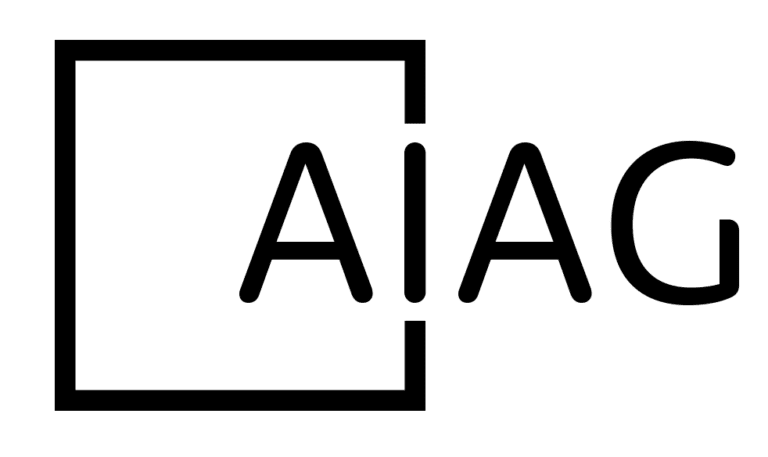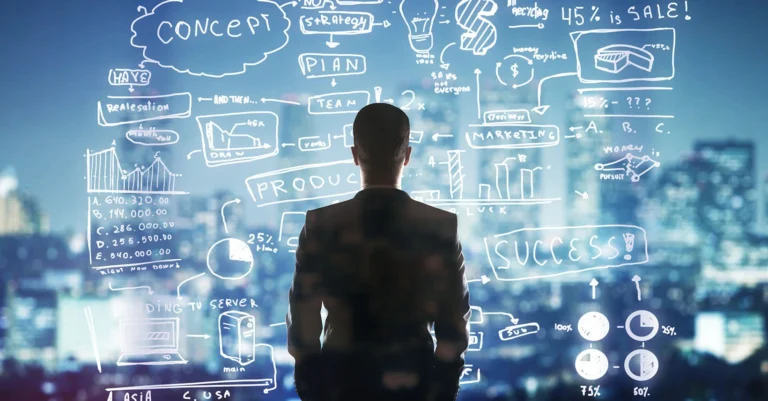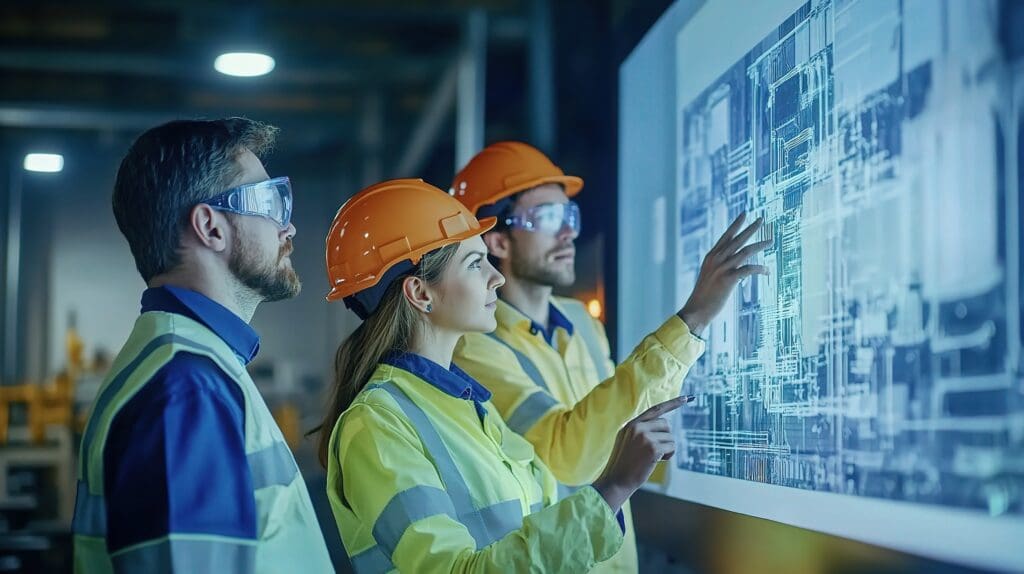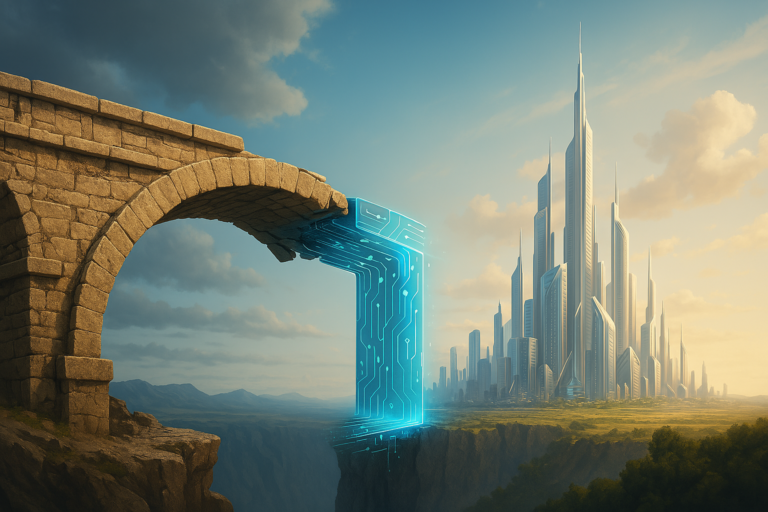When COVID-19 swept across the globe, it didn’t just bring a health crisis; it triggered a seismic shift in how we live and work. This pandemic was more than a temporary disruption—it was the catalyst that forced society to accept changes that had been looming on the horizon for years. What might have taken decades to unfold was condensed into months, as businesses and individuals were compelled to adapt to a new reality. This sudden, forced shift in the norm didn’t just prepare us for the AI revolution—it made it inevitable.
COVID-19: The Unforeseen Catalyst
Before the pandemic, the idea of widespread remote work, digital collaboration, and heavy reliance on technology was often met with resistance. Many industries clung to traditional ways of working, viewing digital transformation as a distant future rather than an immediate need. But COVID-19 changed everything. Virtually overnight, businesses were forced to transition to remote operations, relying on digital tools to keep the wheels turning. This wasn’t just a shift—it was a forced evolution.
The resistance to change, so deeply ingrained in many sectors, crumbled under the pressure of the pandemic. What had once been optional became mandatory, and the adoption of digital technologies accelerated at an unprecedented rate. This sudden and widespread acceptance of a new way of working wasn’t just about survival—it was about embracing a future that had been quietly knocking at the door for years.
The Unintended Preparation for AI Disruption
The forced adaptation to new technologies during the pandemic didn’t just solve immediate problems—it laid the groundwork for something much bigger. As people became more comfortable with digital tools, the stage was set for the AI revolution. What might have faced years of resistance was now being welcomed as a necessary evolution.
Before COVID-19, the idea of AI-driven workflows and automation was often met with skepticism. Many feared job losses and the potential dehumanization of work. But as the pandemic pushed us into a more digital, data-driven world, the acceptance of AI as a valuable tool grew. The sudden shift made people realize that technology wasn’t here to take over but to help us navigate an increasingly complex and unpredictable environment.
The Acceleration of Opportunity and Innovation
COVID-19 didn’t just force us to change—it created a fertile ground for innovation. In the face of unprecedented challenges, businesses and individuals began to see the potential in AI and other advanced technologies. The pandemic showed us that when the old ways no longer work, new solutions must be found, and AI became a key player in that process.
As businesses scrambled to adapt, AI-powered tools proved invaluable. From optimizing supply chains disrupted by the pandemic to enabling remote work and automating customer service, AI wasn’t just keeping the lights on—it was driving new ways of thinking. The pandemic didn’t just push us toward AI; it made us realize that this technology could be a powerful ally in overcoming the challenges of a rapidly changing world.
AI: The Next Logical Step
By the time the dust began to settle, it was clear that the world had changed—and there was no going back. The forced adaptation during COVID-19 had done more than keep businesses afloat; it had made society ready for the next step. AI, which might have been viewed as a futuristic or even threatening force just a few years earlier, was now seen as a natural evolution.
The sudden acceptance of digital transformation during the pandemic made the transition to an AI-driven world not just possible but necessary. People realized that AI could handle the repetitive, mundane tasks, allowing humans to focus on what really matters—creativity, strategy, and human connection. The pandemic didn’t just open the door to AI; it tore the door off its hinges, making way for a future where humans and machines work together in harmony.
From Resistance to Readiness
The fear that AI will take over jobs and render humans obsolete has been a dominant narrative for years. But the reality is far more nuanced. The pandemic showed us that technology, when embraced rather than resisted, can be a powerful force for good. AI isn’t here to replace us; it’s here to augment our abilities, to help us innovate, and to create new opportunities.
The forced shift during COVID-19 proved that humans are incredibly adaptable, capable of thriving even in the most challenging circumstances. This newfound readiness didn’t just make us more open to AI—it made us eager for it. We don’t have to compete with AI; we need to collaborate with it. AI will inevitably surpass human intelligence in many areas, but that’s not a threat—it’s an opportunity to push the boundaries of what we can achieve together.
The Silver Lining of Forced Evolution
COVID-19 was a wake-up call, a forced evolution that pushed society to embrace change at an unprecedented pace. Without the pandemic, the resistance to AI and other advanced technologies might have persisted for years. But the sudden shift in the norm opened our eyes to the possibilities that technology offers.
As we move forward, the lesson is clear: the future belongs to those who are ready to embrace it. AI isn’t a threat to be feared—it’s a tool to be leveraged. The pandemic showed us that when push comes to shove, we can adapt, innovate, and thrive. And as we enter this new era, we should do so with the confidence that AI will transform us, not defeat us. After all, if history—and sci-fi—have taught us anything, it’s that the humans always win.





